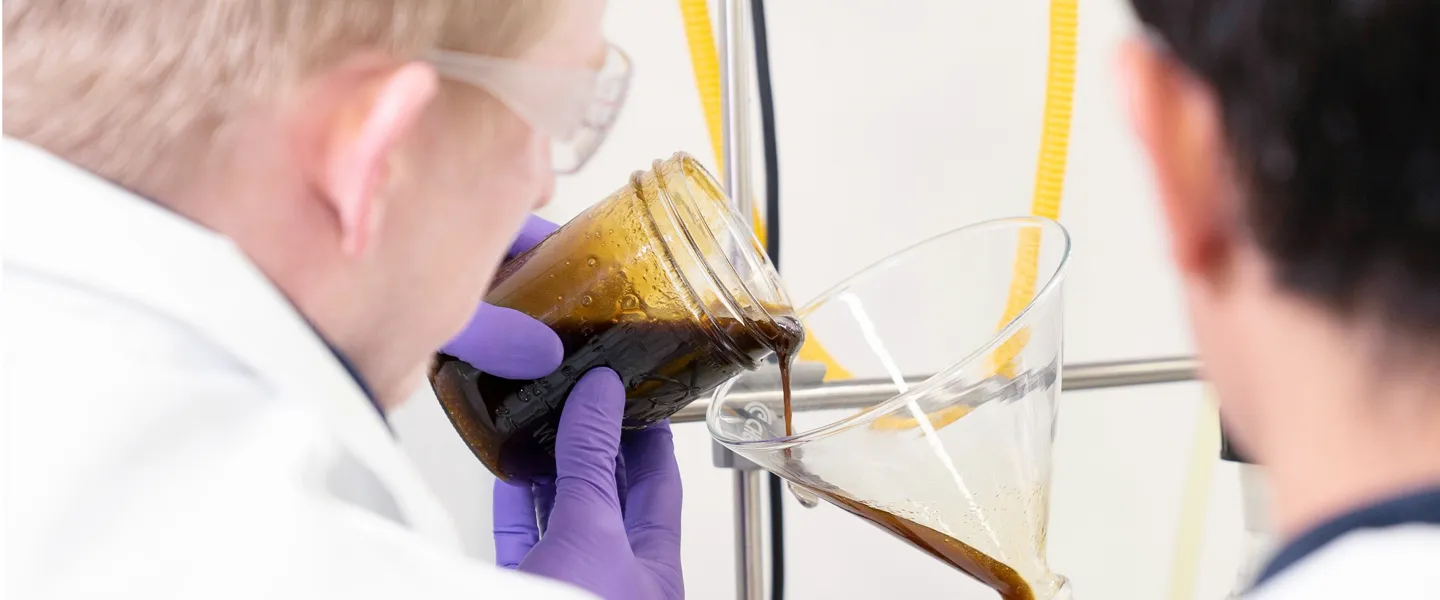Dilutants are used primarily to reduce the concentration of cannabis resin in a particular batch of product – dilutants are also commonly referred to as cutting agents or diluting agents. Some people see this as “dishonest” or short-changing the customer; however, there are legitimate uses for dilutants in certain circumstances.
Additionally, some states, like California and Oregon, have banned certain dilutants and cutting agents from the legal cannabis market.
This article discusses how and which dilutants to use depending on formulation.

